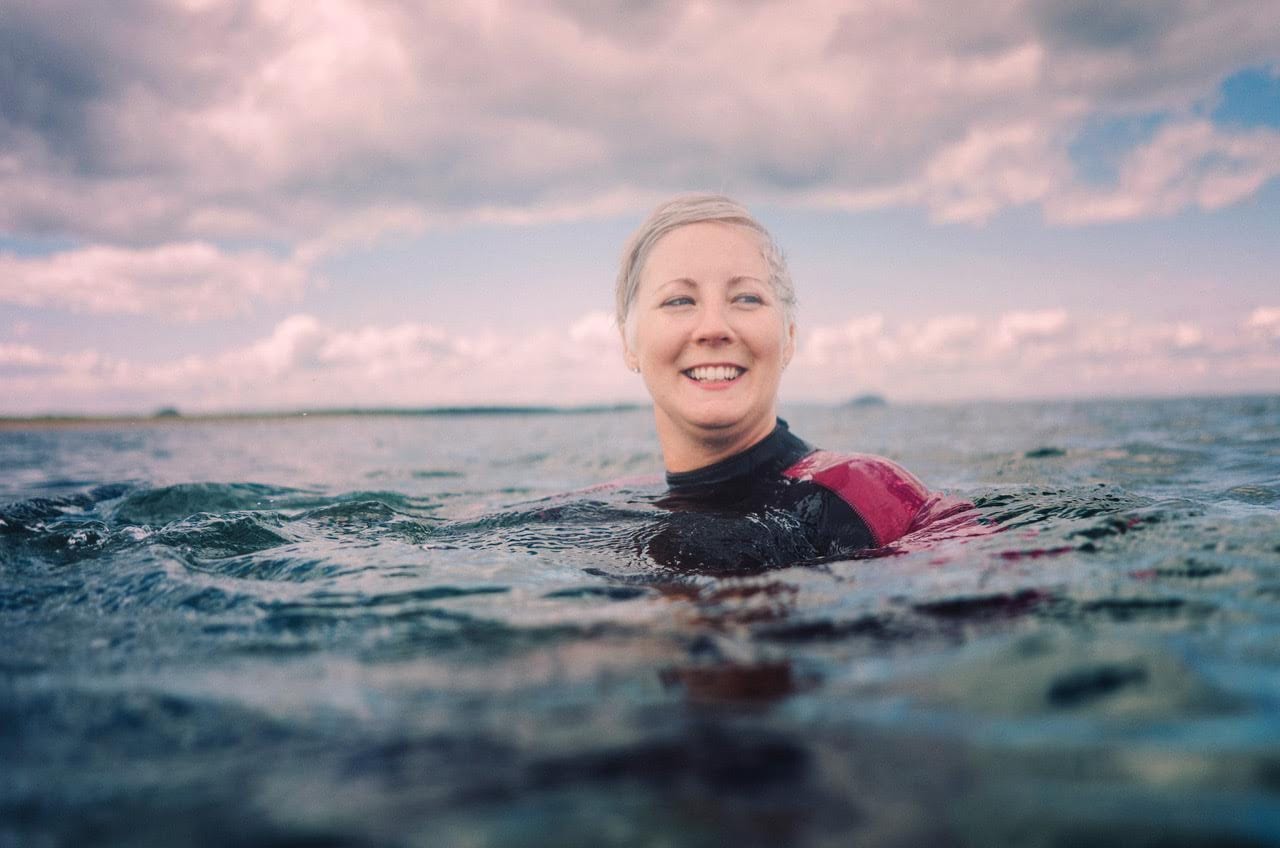Creative duo and club stalwarts Martin Green and James Lawler take a utopian yet realistic look at 90s Queer nights in Britain, at Open Eye Gallery


Creative duo and club stalwarts Martin Green and James Lawler take a utopian yet realistic look at 90s Queer nights in Britain, at Open Eye Gallery

Many socially engaged practices rely on collaborations with marginalised communities – but if a photographer receives funding, should their participants also be paid?

A year of job cuts and financial turmoil in the creative industries has unmasked fundamental issues of inequality, rooted within the system long before the pandemic. We ask, what can they do better?

“It’s really important for people to understand that a career path is not a steady and unbroken positive trajectory,” says Attah, curator at Liverpool’s Open Eye Gallery

“A lot of people have thought of marking the centenary,” says Tracy Marshall, director of development and partnerships at Open Eye Gallery and co-director of Northern Narrative arts initiative. “But they just haven’t managed to do it.”
We’re talking about the 209 Women initiative, in which 209 photographers are taking portraits of the 209 women MPs in the UK parliament. It does seem like a project that was asking to happen, with 2018 marking both 100 years since (some) women got the vote here, and also the year that the first female MP was elected in this country. But, with 418 photographs and politicians to co-ordinate plus many, many other stakeholders and committees, actually achieving it has been quite a feat. What’s seen it through has been teamwork, with the photographer and academic Hilary Wood, who came up with the idea, getting together with hundreds of other women – and men – to make it happen.
“It’s been a huge collaborative effort,” she says. “We had to take it to the Speaker’s Advisory Committee on Works of Art to get it approved, and we then had to ask each MP individually if they wanted to get involved. The fact that they overwhelmingly gave their support shows how relevant this project is. And what I was really pleased about was that we got cross-party support – every single party is involved.”

Founded in 1997 the Pingyao International Photography Festival is China’s most prestigious photo festival, featuring images from more than 50 countries each year in indoor and outdoor venues across the UNESCO-listed ancient city. This year it includes a huge exhibition called Distinctly, which is curated by Open Eye Gallery’s Tracy Marshall and which will travel to Merseyside in 2019 as one of the main exhibitions of LOOK International Photo Biennial.
Featuring work by 12 documentary photographers – Martin Parr, Chris Killip, Daniel Meadows, John Myers, Markéta Luskačová, Tish Murtha, Ken Grant, Paul Seawright, Niall McDiarmid, Robert Darch, Elaine Constantine, and Kirsty MacKay – the exhibition “takes a unique approach to the depiction of Britain and its distinct landscapes, industries, social and economic changes, cultural traditions, traits and events” over the last six decades says Marshall. “The exhibition looks at the gentle, the humorous, the starkness, the beauty, and the realities experienced and captured by the photographers around their lives living and working in Britain,” she adds.

“I was the first to move to New Brighton, and it was by sheer chance,” says Tom Wood. “I studied fine art part-time [a Fine Art Painting BA at Leicester Polytechnic], then went back to the car factory where I had worked before. Then I found a job as a photo technician at the poly [now Wirral Metropolitan College, where he went on to teach], and we moved there in September 1978.”
Thus began a golden age for photography in New Brighton, which lasted until 2003 when Wood moved to his current home in North Wales. In the intervening 25 years, Ken Grant also lived in New Brighton from 1992-2002, studying for a spell at Wirral Met, and Martin Parr was based just 20 minutes away from 1982-1985. Between them the three photographers created a huge body of work on the seaside town, which is based just across the River Mersey from Liverpool in North England.

As a young man in the late 1970s and 80s, Tom Wood regularly found himself among the crowds waiting for the ferry at Liverpool’s Pier Head. Commuters weary after a long day’s toil, elderly couples gazing out at the Mersey in comfortable silence, teenage girls sporting shell suits, hair swept into side ponytails. “There were always loads of people at the Pier Head because it’s a terminus for the whole of Merseyside,” Wood says. “Coming home I’d find I’d just missed a ferry. You’ve got at least 20 minutes to wait for the next one so what do you do? You take pictures.”